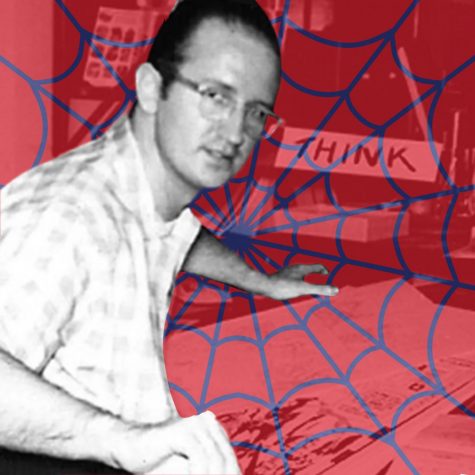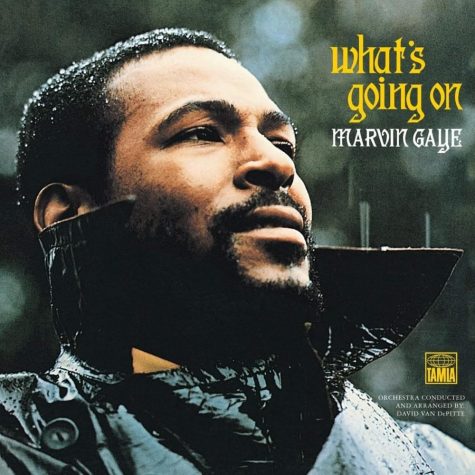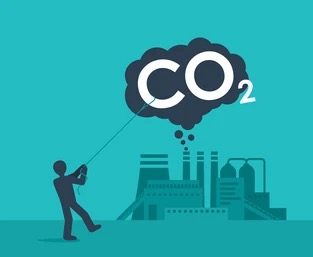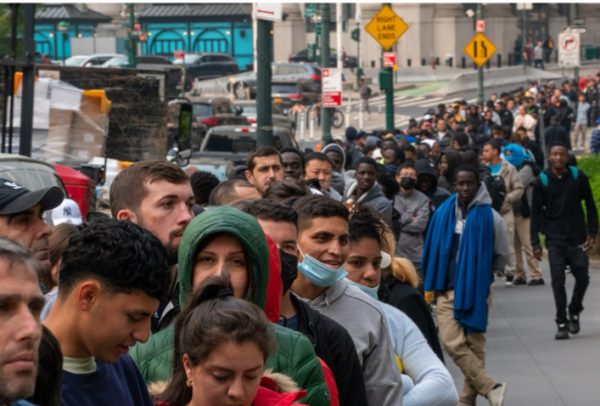Abramović as Sellout: Performance Art in Neoliberal Politics
The concept of performative activism is ubiquitous. Proliferated throughout a summer of spikes in “awareness” around long-standing issues of anti-Blackness, police brutality, anti-Asian violence, etc, many people personally unaffected by said issues decided that their strongest bully pulpit may not be utilizing their intergenerationally accumulated wealth for good but using an Instagram page with a handful of followers to broadcast stale reminders about basic ethical positions. Frankly, even those cognizant of this phenomenon have relatively weak dispositions. Many isolate the solution to atrocities like police brutality as signing petitions, self-education, or interpersonal dialogue. The imposition of social solutions to structural problems demonstrates a form of self-help neoliberalism pervasive within many “progressive” causes. For instance, climate change is attributed to the individual consumer as if the American military or corporations do not contribute to an overwhelming majority of climate devastation. Or, perhaps, that using apps like Signal somehow destabilizes the surveillance apparatus created from macro-level capitalism. Despite awareness of the failures of performative activism, little attention has related the failures of performativity to the halls of the most performative field; art, a practice tightly wedded to performance and immateriality. Despite this, art has attempted to achieve status in the political to effectuate change, invoke emotions, or spark conversation. Using performance art (specifically, the work of Marina Abramović), I seek to demonstrate the fallibility of art to transcend its performative nature, and thus its defilement of progressive politics.
Marina Abramović is a Serbian performance artist who worked in her milieu in matters of control and the body. Two of her works are granted titles of salience. The first, The Artist is Present, 2010, involved her sitting stationary at a table for hours, perfectly still and silent. Any visitors were welcome to sit with her for as long as they pleased, though she would never react past the reach of her gaze. The second, The Lovers, 1988, happened as Abramović and her long-term partner met at the center of the Great Wall after months-long traversals from opposite ends, only to break up and never see each other again. The Lovers, 1988 gained notoriety for an emphasis on struggle and connection and brought many to tears (1). Abramović recently has turned to teaching the art of performance and has taken frequent forays into the world of politics. To conservatives, she represents the controversies of liberal, avant-garde performance, and has thus received indictments of being a satanist, accusations of conspiracy in fringe theories like Q-Anon, and speeches by Italian politicians lambasting her work with government officials. However, infinitely more valuable as an object of analysis is not her exact political stance but the method she crafted in creating statements as the “grandmother of performance art.” Though noble, the efforts of performativity and public attitude are not only short-changed by the failures of “awareness” politics but can be actively harmful. Art, at least performance art, is not a liberatory act but rather a mimicry which relies on imperialist logic. Thus, it fails as a political tool.
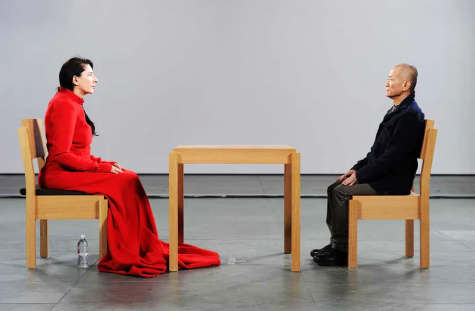
Performance art does not provide the liberatory potential that it purports to achieve. Marina Abramović’s work portends to achieve statements through mediums of connectivity and human relation. As described by Ryan Lader, student at Boston University, “performance becomes attractive when it exhibits characteristics with which the audience can identify” (2). Further, Abramović describes herself as a woman who hates theater because of its artificial spectacle: “Theatre is fake: there is a black box, you pay for a ticket, and you sit in the dark and see somebody playing somebody else’s life. … Performance is just the opposite: the knife is real, the blood is real, and the emotions are real” (3). Thus, her argument goes, performance art preserves a modicum of reality in its connection and allows the most realistic forms of human interaction. But, like most of postmodern society, Abramović’s works still fell within the boundaries of spectacle. The Artist is Present gained notoriety in part because of how Abramović tortured herself. Viewers expected to see her pain and struggle, which she internalized in the performative game of emotional exchange. Viewers were aware of the artificiality of this interaction. One such viewer recalls: “I primarily felt myself the object of myriad individual and photographic gazes (including hers), and the experience overall was very strongly one of … a simulation of relational exchange with others.” This feeling of the spectacular re-describes Abramović’s oeuvre as fake. This is not unique to The Artist is Present, 2010. Her many works of danger attract media attention, but shy from nary more than shallow statements about societal malaise. Her work Rest Energy, 1980, depicted below, was intended as a statement regarding the role of the woman and Western misogyny, despite this message never gaining traction. Abramović, like many performance artists, routinely fell prey to the commodification of performance and art. Her visitors at the MoMA were high-velocity and commercialized. Her political statements failed to create an impact outside of an artist’s statement. The spectacle corrupted the effectiveness of her performative efforts, and as a result the very meaning of her work fell mute. Put simply, her performance art could never be political.
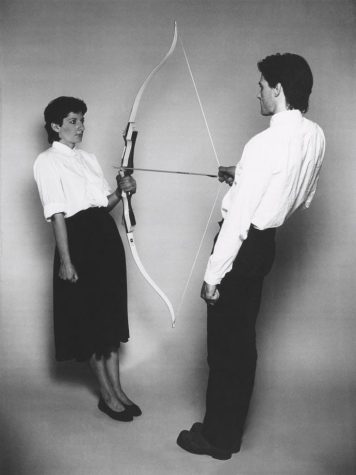
This, however, is not an obligation levied to all artists. Though the realm of the political is important, treating it as permeated within all parts of life is a bad metric for evaluating artistic projects. Art attempts to describe the human condition, which is a much broader concept that encompasses political organization. However, my critique diverges from this. An artist does not have to be political; rather, artists rarely are. When artists attempt to transgress the inherent limitations of art – immateriality, metaphor, symbolism – that make artistic work inapplicable to politics, they do a disservice to the work of politics and engage in the same sort of performative activism surrounding a black square on Instagram. Take, for instance, the West’s fascination with Ai Weiwei’s work. His most controversial piece, Dropping a Han Dynasty Urn, 1995, conjured controversy around destruction of historical artifacts, which he re-directed to the Communist Party’s disrespect of Chinese history. In an act of irony, Ai’s work was immediately commodified, entering into print circulation and media spectacle through Western coverage and redistribution. Just as Abramović’s Artist is Present, 2010 commercialized an attempt to evacuate a rushed, capitalist society, thus feeding the system it critiques, Ai’s Dropping a Han Dynasty Urn, 1995 cheapened the value of respecting the very urn he destroys as society became more fascinated with his transgression than the history he hoped to save through awareness. There is no political substance to either, or any, of these acts. Bundled in layers of the surreal and incoherent, the performances substitute the value of any initial political message. No money was sent to resuscitate Chinese cultural history. No demands attempted to remediate the conditions that hurried the pace of American life. There is no political; society gawks at the phantasmagoria of performance, safely compartmentalized in museums, and returns to their life as usual.
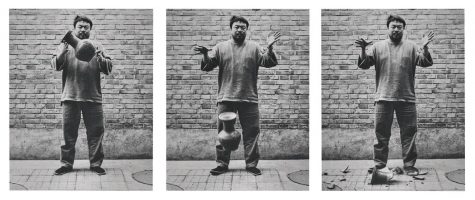
At times, these politics of performance can inadvertently be noxious for the effectiveness litical movementsof po. Art, as a dais from which cultural politics emerges, exists without nuance, and thus without application. Here, we might turn to Marxist literature to disseminate this failure. Francis Mulhern, a cultural critical theorist and Professor Emeritus of the University of Middlesex, describes this dynamic well. The environment of art “whose principal function is to produce meanings … are rich in political suggestion; but they lack, have no need of, those specialized characteristics … it is not the function of culture to determine the nature of social relations by means of deliberation, injunction, and coercions” (4). As he describes later, “there are no united fronts in the realm of art.” Because art offers statements without granularity, it sullies the concreteness and praxis necessary to institute large political changes. Consider, for instance, Ai’s distaste for the Chinese government. His dropping of the urn reflects dissatisfaction with historical erasures committed by the CCP. Why, then, does he himself destroy Chinese artifacts? Though the intention can be disputed and understood, art itself cannot facilitate these connections because it seeks to ask questions of the viewer, as opposed to answering those questions and taking initiative. Mulhern explicitly assumes this. Since, as he describes, art is the product of cultural commodity, and retains no inherent value, channeling it into political messaging fractures the initial message and loses internal coherency. Historical examples only further prove this. In the ‘60’s, a set of activists led by known demonstrator Abbie Hoffman snuck into the New York Stock Exchange and tossed money from the gallery, prompting brokers and traders below to leap and stampede for spare change (5). This performance was dubbed “guerrilla theater” for its impromptu creation of cultural statements and preceded modern performance art. The “theater” was an instant success; executed perfectly, the various “scenes” gave rise to intense awareness of the greed of the New York Stock Exchange, especially at a time of Cold War political tension. In the long run, however, the message failed miserably. It struggled to prescribe an alternate system or set of actions that could reasonably substitute the outlined greed. Hoffman, dressed in outrageous hippie clothing, was ridiculed for his aloof, pie-in-the-sky attitude and the American citizens otherwise unperturbed by capitalist society went back to their normal lives. Guerilla theater not only failed to produce long-term change; it actively harmed the socialist movement as it became an opiate for restless activists who craved media popularity. As copycat incidents emerged, the trajectory of these auxiliary movements changed from challenging the capitalist system du jour to generating pandemonium for its own sake. Mulhern’s description proved true; art with the function of producing meaning could not create deliberation, injunction or coercions in any sort. These effects are felt today through the awkward nature of digital movements and what we now condemn as performative activism. As this dynamic fails, it sucks energy from moments of political liberation. Modern cultural theorist Nicholas Brown articulates this co-option best: “[I]n the end, falling prey to a ruse of history, they only expose their contents to (both real and imagined) subsumption under the commodity form” (6).
At its worst, performance art’s political imprecision can be read as a daft, classist observation from afar. Here, a return to The Artist is Present, 2010 is needed. In it, Abramović suggests we sit with nothing and stare to evade the violences of modern capitalism; in her own words, “this felt like an inadvertent parody of the structure of authentic expression and reception of ‘true’ emotional resonance that modernist art discourse (brought to its apotheosis in institutions such as MoMA) so long claimed for modernist painting and sculpture” (7). Abramović also seeks to unsettle the sedimented modernist practice of art appreciation, part and parcel with the broader rush for productivity and change (8). This is, frankly, preposterous. Her effort to redetermine the political sphere through artistic act is noble, but relies on a terminally unavailable sort of bourgeois accessibility. “Stillness” in capitalism is impossible; attempting to recreate it is an act of violence. Eleanor Skimin, a doctoral candidate in performance at Brown University, demonstrates this dynamic through the language of labor: “Understanding stillness as abstracted from the capital relation and imperial projects is a failure to acknowledge the (re)productive labor that keeps the still in place, that holds the still, that creates the scene of stillness (9).” Abramović confines her artistic statement to the bourgeois because of the nebulosity of her artistic performance. She has no remedy for the pace of capitalism except the stillness she produces. Yet, this stillness itself is a demonstration of extraction of surplus value; while she is able to sit for hours at a time doing nothing, laborers all around her operate at breakneck speeds to produce the commodities she needs. Her “performance” is inseparable from the capitalist project and the theft of labor. The bottle at her feet, the crimson dress, the security guards of the museum, and the cleaning staff all cooperate to ensure her pleasant face-à-faces with New Yorkers. Contrary to her self-assuagements, this is no revolutionary act. She siphons the surplus labor of those around her to produce stillness. This embodied labor is not returned to her employees, but builds itself as cultural capital to instantiate her revolutionary tendencies. The workers take no part.
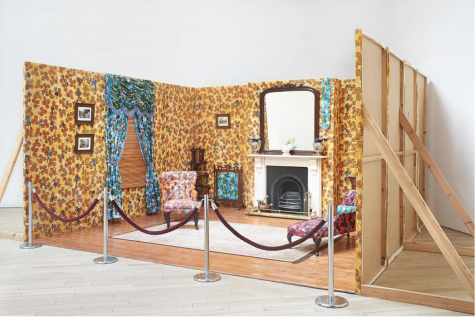
If this description alone does not suffice, Skimin produces an excellent artistic example that shows the preposterous nature of Abramović’s stillness. The miniature sculpture The Victorian Philanthropist’s Parlour, 1996 demonstrates the irony of still life. Embedded within the quaint daisies of the upholstery and wallpaper are images of Black football players at work, almost out of sight from the naked eye. Skimin explains this precisely as follows:
The image of the black footballer—imported/exported, traded between international teams—is presented as a product of 19th-century British imperialism. These figures in motion, repeated across the structures and surfaces that literally uphold the domestic scene, make explicit the absent labor that reproduces the intimate sedentary exchanges on the set. This is, after all, the parlor of a philanthropist, that Victorian paragon of human virtue: a lover of man, who exploits the labor of others only to assert his status in society as someone who “gives back” with magnanimity (10).
None of this is to say that performance art should not happen, or that art is a failure. Despite my causticity, I am a big fan of Abramović’s work and its implications on human connection, love, pain, and frankly anything outside of the realm of politics. However, as it relates to the political, performance art does not stray far from the sort of performative activism our society has grown accustomed to condemning. The liberatory potential for art is scant; whatever practices are effective must recognize that they exist in exception to a rule. In considering the set of emergent political crises we are soon to deal with – police brutality; Palestinian sovereignty; climate catastrophe; settler colonialism; big tech, and so forth – it is imperative that we orient the methodology of the political away from the artistic. The drive to “make a statement” and “raise awareness” is the very neurotoxin that doomed Hoffman, Ai, Abramović, and Occupy. Learning to rid ourselves of this malady is the first step to effective political engagement.
Endnotes
(1) Emma Brockes, “Performance artist Marina Abramović: ‘I was ready to die,’” The Guardian, May 12th, 2014, https://www.theguardian.com/artanddesign/2014/may/12/marina-Abramović-ready-to-die-serpentine-gallery-512-hours.
(2) Ryan Lader, “The Artist Is Present and the Emotions Are Real: Time, Vulnerability, and Gender in Marina Abramović’s Performance Art,” WR, 6 (2014), https://www.bu.edu/writingprogram/journal/past-issues/issue-6/lader.
(3) Eleanor Skimin, “Reproducing the White Bourgeois: The Sitting-Room Drama of Marina Abramović,” The Drama Review 62, 1 (2018): 89, muse.jhu.edu/article/686623.
(4) Francis Mulhern, “The politics of cultural studies,” Monthly Review 47, 3 (1995), DOI: 10.14452/MR-047-03-1995-07_3.
(5) Lorraine Boissoneault, “How the New York Stock Exchange Gave Abbie Hoffman His Start in Guerrilla Theater,” Smithsonian Magazine, August 24th, 2017, https://www.smithsonianmag.com/history/how-new-york-stock-exchange-gave-abbie-hoffman-his-start-guerrilla-theater-180964612/.
(6) Nicholas Brown, “Introduction,” in On Art and the Commodity Form, ed. Nicholas Brown (Durham : Duke University Press, 2019), 39.
(7) Amelia Jones, “’The Artist is Present’: Artistic Re-enactments and the Impossibility of Presence,” The Drama Review 55, 1 (2011): 18, https://www.academia.edu/27542146/_The_Artist_is_Present_Artistic_Re_enactments_and_the_Impossibility_of_Presence.
(8) Ibid. 4, 93
(9) Ibid., 94
(10) Ibid., 95



